加载中...
共找到 3,692 条相关资讯
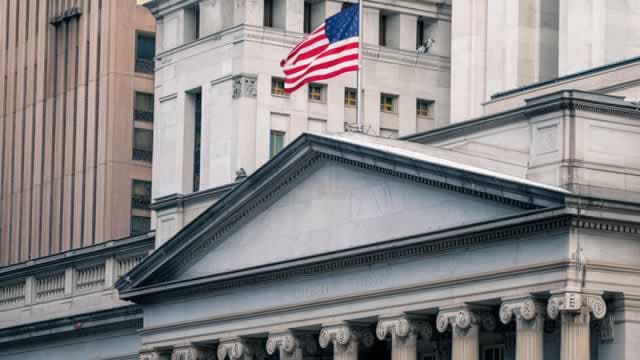
CNBC's Emily Wilkins reports on the status of the looming U.S. government shutdown.
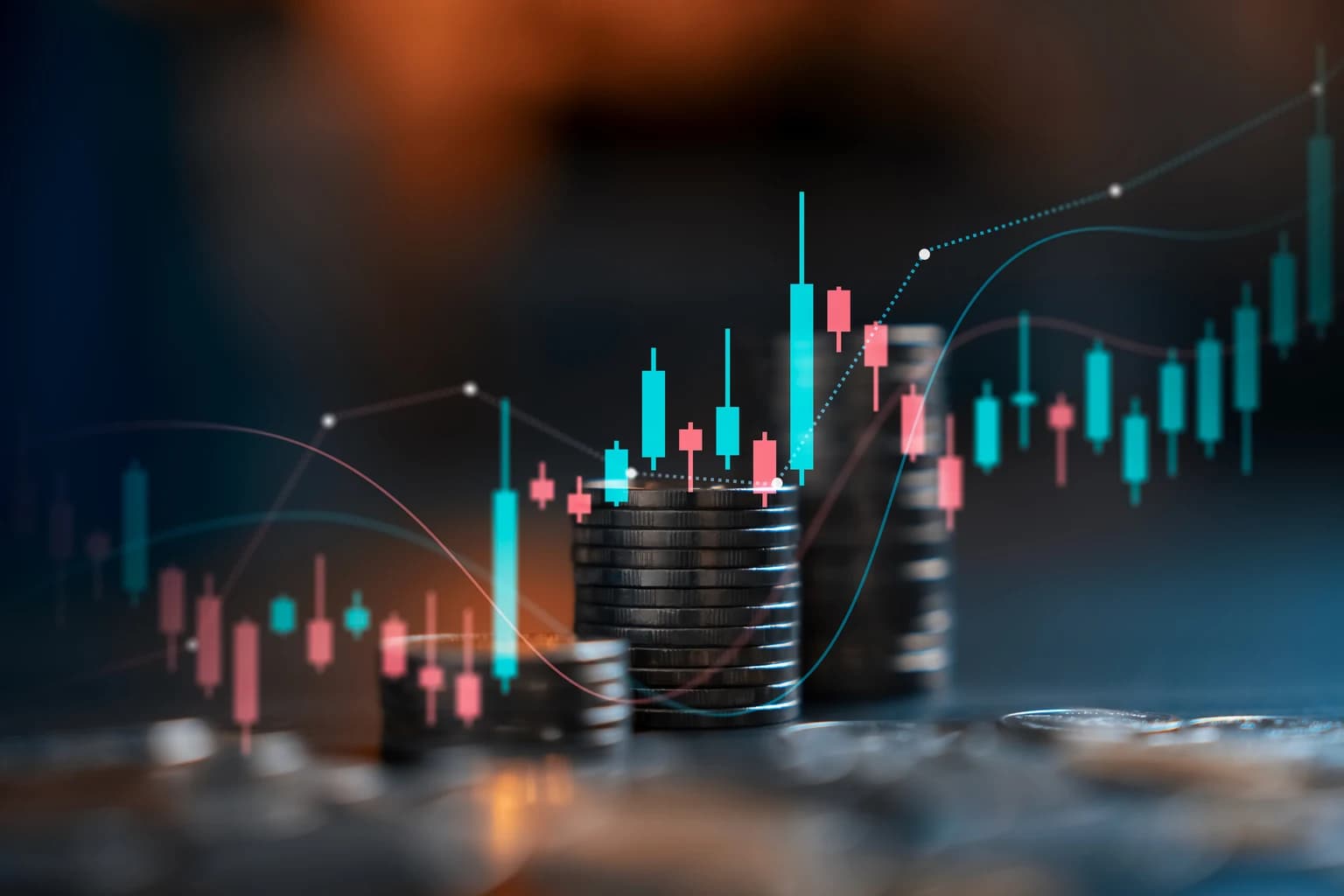
The markets are in the process of closing out the month of September on a stronger note than its reputation would suggest, with gains across most major equity indexes and sector ETFs. Energy and utilities outperformed as defensive sectors found strength, while technology and growth pulled back modestly.

The rate of layoffs in the economy was mostly steady at 1.1% from July. Hiring was largely steady as well, with the rate of new job offers holding at 3.2%.
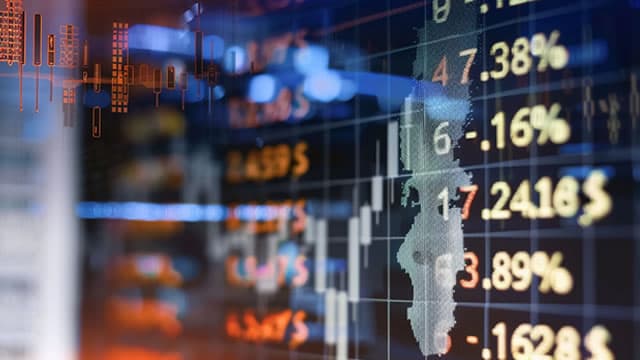
Opening Bid anchor Myles Udland breaks down the latest market moves for September 30, 2025. Our panel looks at how a government shutdown could delay the release of key economic data, which is crucial for the Federal Reserve as it makes decisions on monetary policy and interest rates.
Morning Brief anchor Julie Hyman breaks down the latest market news for September 30, 2025. Lawmakers failed to reach a deal Monday when President Trump met with top congressional leaders.
Kevin Green runs through a slew of data that hit the wire a half-hour after markets opened. He notes a pullback in consumer confidence but points to a "goldilocks" JOLTS report showing a stabilizing jobs picture.

Has speculation finally peaked about whether there is an artificial-intelligence bubble? According to data from Google Trends, it is beginning to look that way.
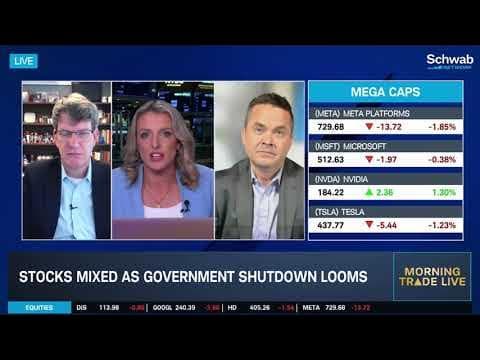
Today's @CharlesSchwab Big Picture panel talks investors through what to brace for in an expected government shutdown at midnight. Mike Townsend says a shutdown period of seven to ten days will lead to substantial impact, pointing to a lack of stability in jobs and the stock market.
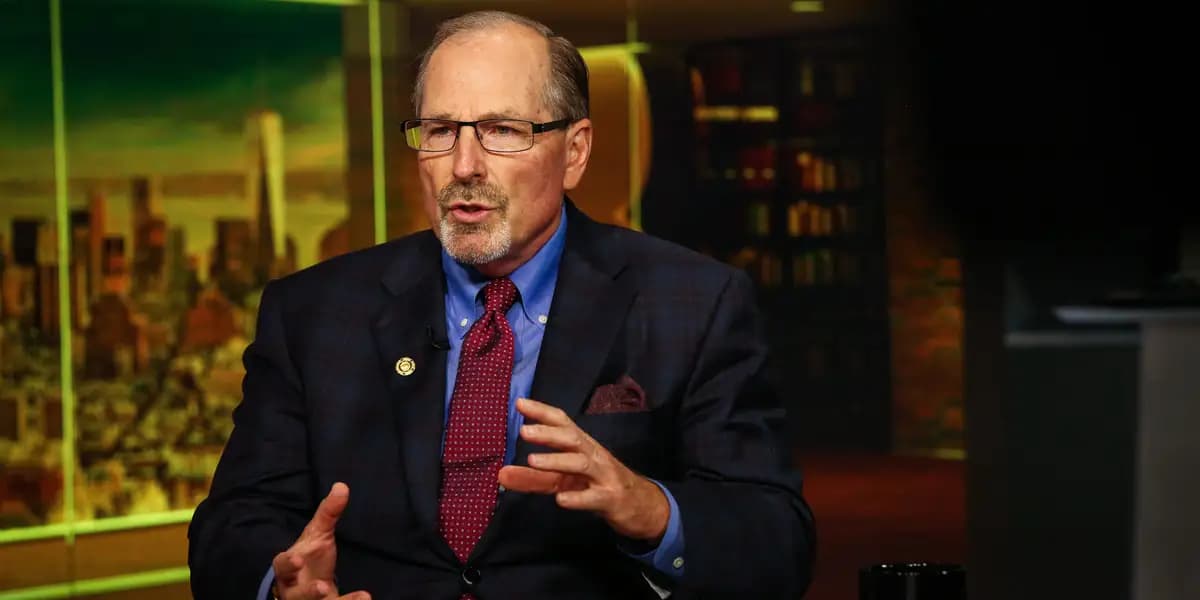
The AI boom is being fueled by "momentum" as investors chase huge stock gains, Bill Smead said. The value investor said surging prices and sky-high valuations reminded him of the dot-com bubble.

Call it a frozen U.S. jobs market: Businesses aren't filling as many open jobs and fewer people are quitting for fear they won't find other work. That's what's the government's job-openings report has been saying for months, and that's the main takeaway from the August report.
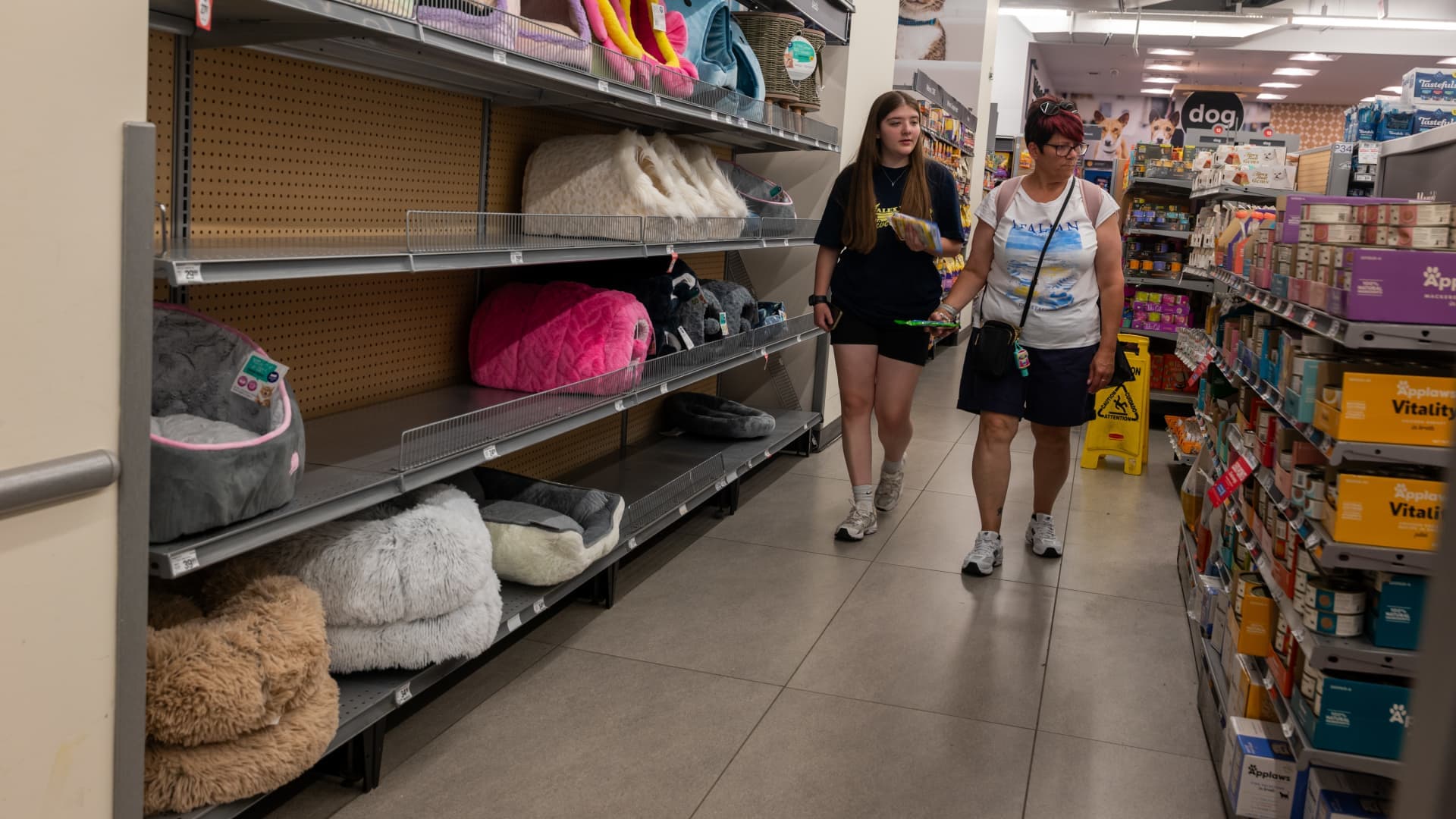
Consumer confidence is lower than expected as Wall Street braces for shutdown data blackout
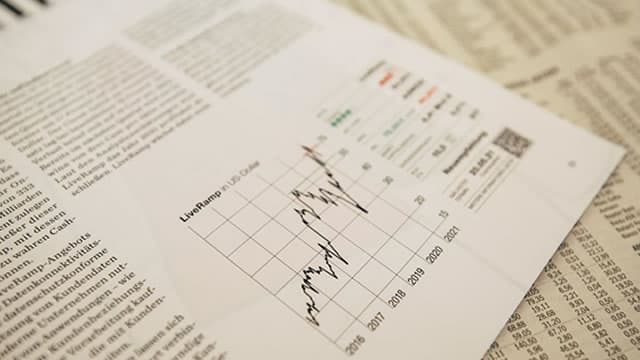
The consumer confidence index dropped to 94.2 in September from a revised 97.8 in the prior month, the Conference Board said Tuesday. This is the lowest level since April.
While stocks took a small step down the proverbial wall of worry last week, we expect markets to resume their climb. While a US government shutdown could introduce volatility, history suggests the market impact would be limited.
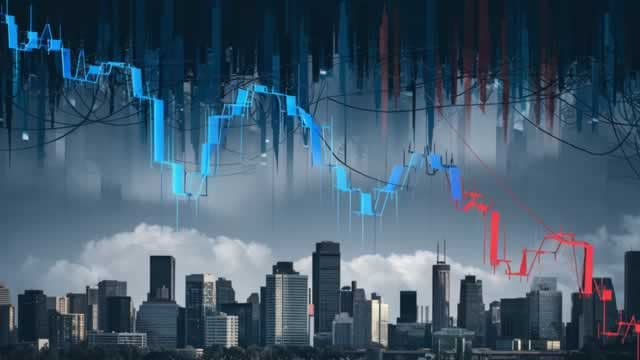
The S&P Cotality Case-Shiller National Home Price Index, which measures home prices across the country, rose 1.7% in the 12 months through July, down from 1.9% on year in June and continuing a run of the weakest price rises since July 2023.
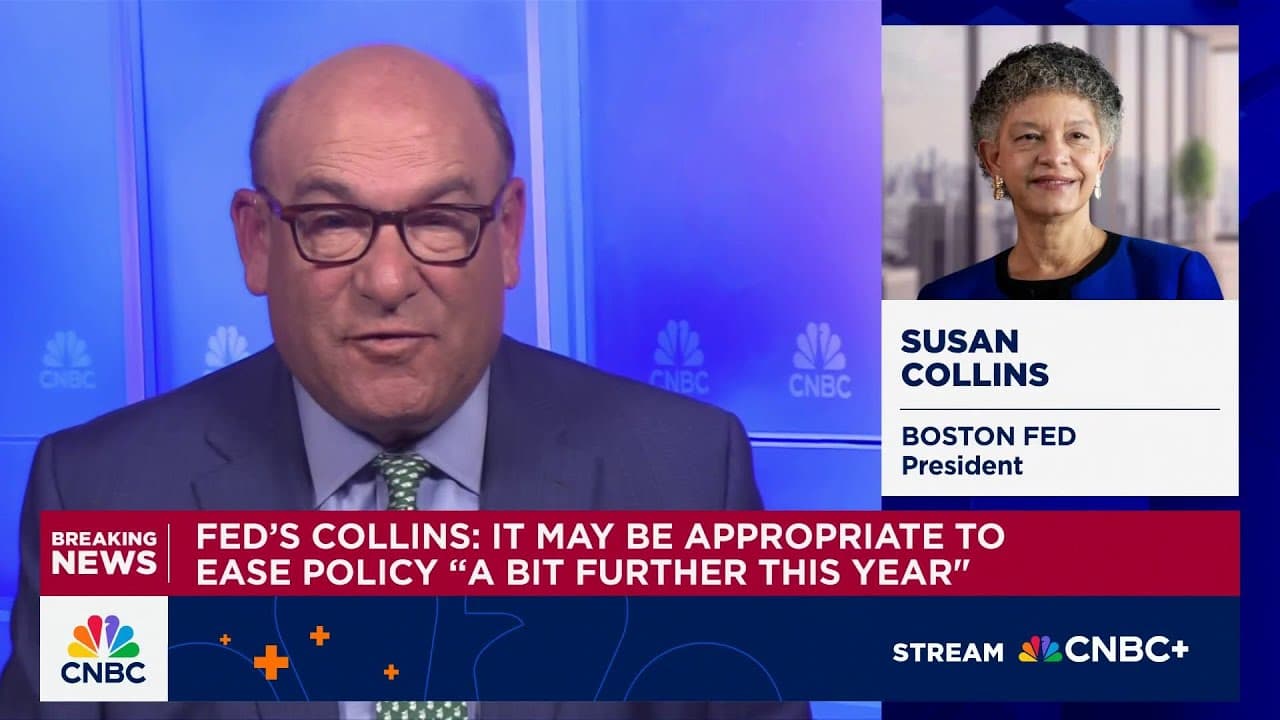
CNBC's Steve Liesman joins 'Squawk on the Street' with the latest comments from Boston Federal Reserve president Susan Collins.
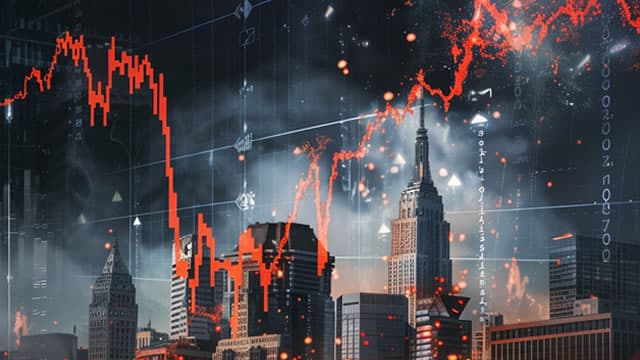
US stocks edged lower on Tuesday as investors weighed the prospect of a federal government shutdown against an otherwise strong September for equities. The Dow Jones Industrial Average hovered just below the flatline, while the S&P 500 and the Nasdaq Composite each slipped 0.1%.
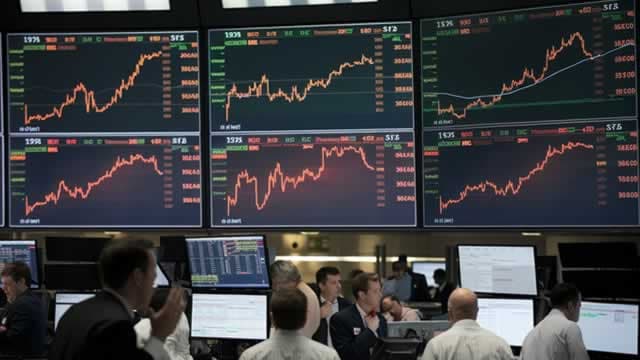
Possibilities of a government shutdown ticked higher in the final hours before Congress's U.S. funding deadline. Kevin Hincks tells investors not to stress, making the point that markets haven't been heavily affected on a historic basis.
At the end of every month, quarter, and year I like to step back and review what actually happened in the market. That helps me remain objective, review my work, look for areas where I can improve, remove my cognitive (a.k.a.
Collins on Tuesday expressed support for the recent interest rate cut but skepticism on future moves.
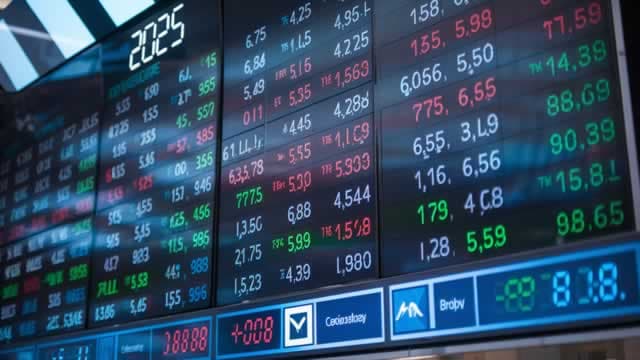
Current fears of a government shutdown are muted, with markets continuing their uptrend and limited economic impact expected. Concerns about S&P 500 overvaluation are challenged by using a 5-year earnings average, showing the CAPE ratio at a 10% discount to the decade's average.